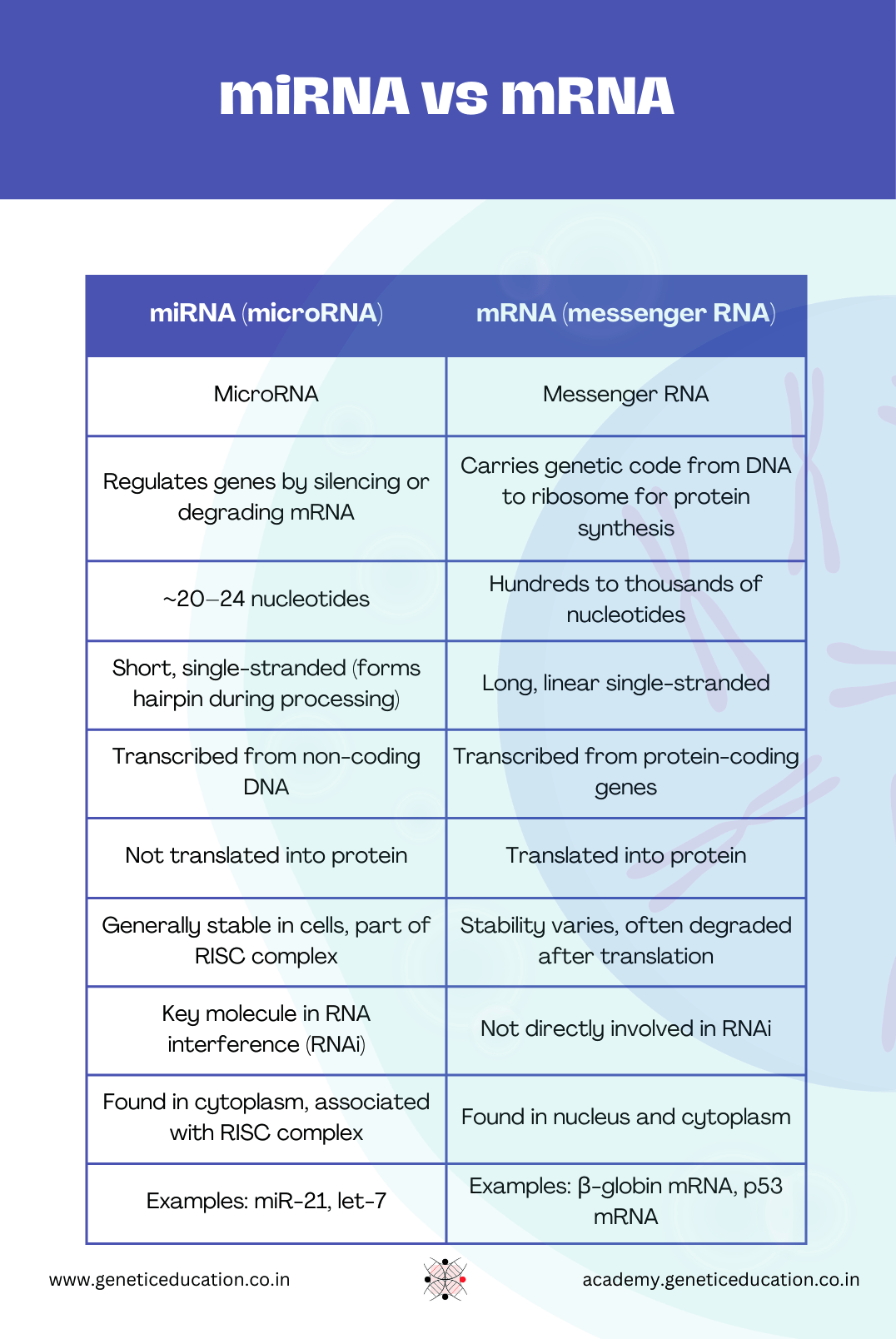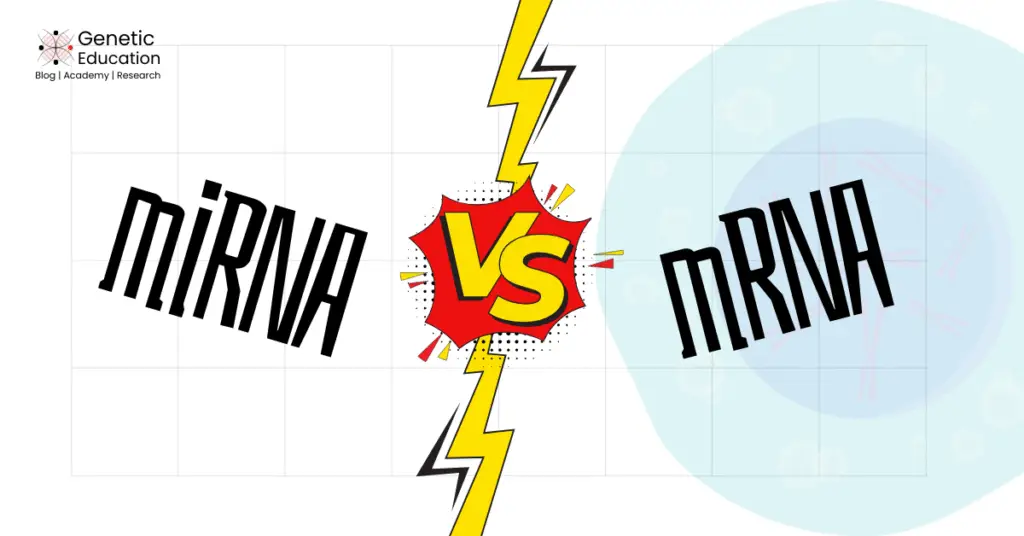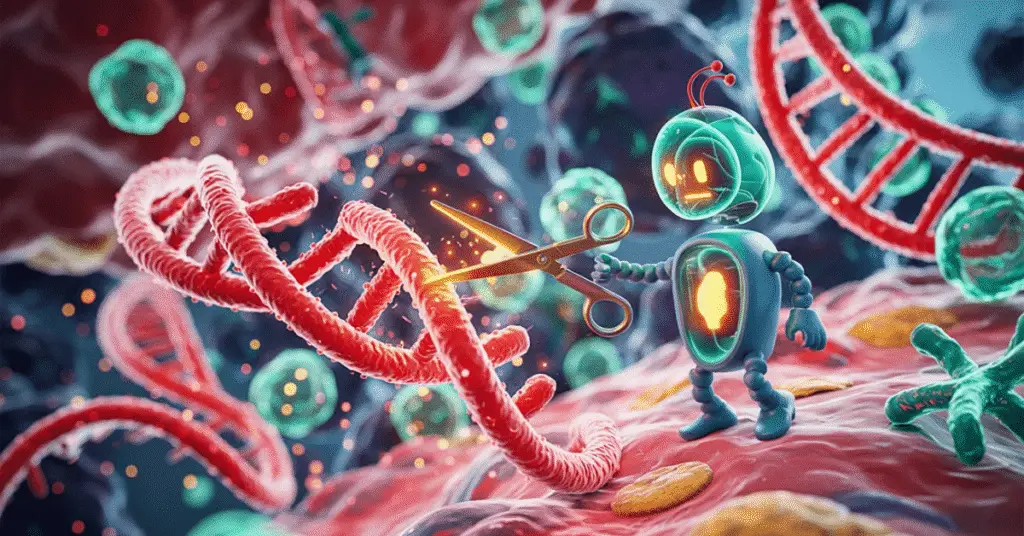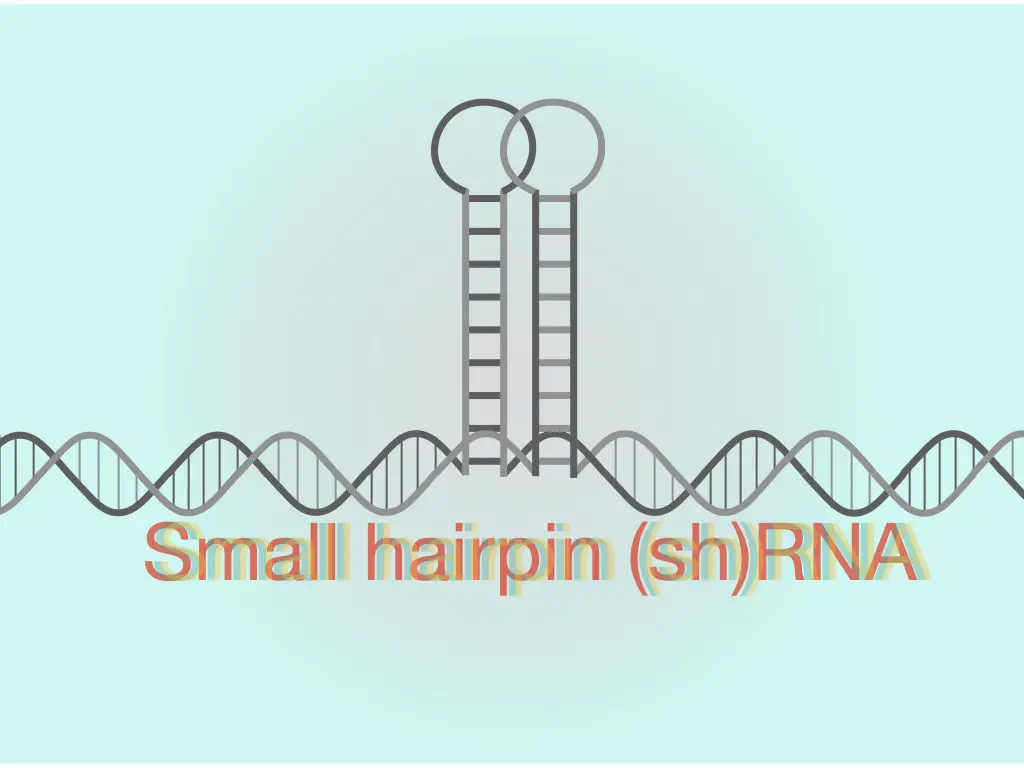“miRNA and mRNA have different structures, significance, and functions. This article will help you understand the differences between miRNA and mRNA.”
While doing research on RNA interference and writing an article on microRNA, Small Interfering RNA, Small hairpin RNA and other related topics, I realized that students should know about the differences between miRNA and mRNA.
This will help them to understand the topic better and gain more insight into the miRNA and RNA interference story. In this article, I am going to explain several important differences between miRNA and mRNA.
Stay tuned.
Key Topics:
Differences between miRNA and mRNA
miRNA stands for microRNA, while mRNA stands for messenger RNA. Both are transcribed from the DNA, but one participates in gene regulation while the other in protein synthesis.

Structure:
The miRNA is a short and double-stranded RNA molecule, while the mRNA is a large, and single-stranded RNA molecule.
The miRNA size is usually between ~20 to 24 nucleotides, while the mRNA size may range from a few hundred nucleotides to a few hundred thousand nucleotides (depending on the gene size).
miRNA contains a guide strand and a passenger strand, while mRNA contains only the messenger strand.
The miRNA has a unique dinucleotide overhang at the 3’ OH end, while the mRNA has a poly-A tail and untranslated regions, on the 3’ end and both the 3’ and 5’ ends, respectively.
It is also evident that the double-stranded miRNA is formed through the hairpin-like structure (forms the hairpin during processing), while the mRNA doesn’t form such a structure.
Origin:
The miRNA is transcribed from the non-coding DNA. They may have separate promoters, or use promoters of other genes, or be co-transcribed with other genes. While the mRNA is transcribed from a coding gene region, only. Each mRNA has its own promoter.
Translational activity:
miRNA doesn’t participate in translation, while mRNA does participate in the translation process. Note that miRNA usually participates in post-transcriptional activities.
Function:
Thus, miRNA can’t synthesize a protein, instead, it participates in gene regulation. Contrary, mRNA synthesizes the protein but can’t participate in gene regulation.
Recognition:
miRNA is a simple structure, it doesn’t consist of structures like introns, exons, poly A tail or untranslated regions. These are simple 20 to 24-nucleotide RNAs.
However, they use a dinucleotide overhang on the 3’ end as a recognition site. This overhang has been marked by the RISC complex for gene regulation processing.
Contrary, the mRNA has untranslated regions on both ends, a poly-A tail on the 3’ end and a cap at the 5’ end (7-methylguanosine). All these collectively provide the recognition signals.
Processing:
The miRNA comprises the information for mRNA degradation, thereby gene silencing; while mRNA comprises the genetic code or genetic information in the form of triplet genetic codons.
During miRNA processing, the passenger strand is removed, while during mRNA transcription, the non-coding introns are removed from the final transcript.
The final miRNA guide strand is loaded onto the RISC complex and processed for RNA interference. Contrary, the mRNA is recognized by various enzymes like RNA polymerase and other translation factors and guides them for protein synthesis.
Stability:
miRNA is more stable in comparison to mRNA. The single-stranded mRNA is prone to degradation by RNases, as RNases are more prevalent.
Degradation:
miRNA is degraded upon completion of its function to prevent unwanted gene silencing. Similarly, the mRNA is also degraded after the completion of amino acid chain synthesis. Studies have shown that some mRNAs are also processed or stored for future use, often.
Recent research:
Scientists are creating synthetic miRNA molecules to perform targeted gene silencing. Several studies are under clinical trial and at the FDA approval stage. However, no synthetic mRNA has been prepared to replace the original one!
Similarities between miRNA and mRNA:
- miRNA and mRNA are types of RNA, consisting of nucleotides– Adenine, Uracil, Cytosine and Guanine.
- Both are transcribed from the DNA.
- They start their journey from the cell nucleus but are transported to the cytoplasm for further processing.
- The transportin protein helps move them through nuclear pores.
- miRNA and mRNA are both degraded after completion of their function.
- RNA polymerase synthesizes both miRNA and mRNA.
- Both are degraded by RNase activities.
Related article: siRNA vs miRNA: Differences and Similarities.
Summary of the article:
| Full Name | MicroRNA | Messenger RNA |
| Function | Gene regulation (silencing or degradation of mRNA) | Carries genetic code from DNA to ribosome for protein synthesis |
| Length | ~20–24 nucleotides | Hundreds to thousands of nucleotides |
| Structure | Short, single-stranded (forms hairpin during processing) | Long, linear single-stranded |
| Origin | Transcribed from non-coding DNA | Transcribed from protein-coding genes |
| Translation | Not translated into protein | Translated into protein |
| Stability | Generally stable in cells, part of RISC complex | Stability varies, often degraded after translation |
| Role in RNA interference | Key molecule involved in RNAi and post-transcriptional regulation | Not involved directly in RNAi |
| Location | Found in cytoplasm, associated with RISC complex | Found in nucleus and cytoplasm |
| Example | miR-21, let-7 | β-globin mRNA, p53 mRNA |
Wrapping up:
In conclusion, the miRNA majorly contributes to the RNA interference process and gene regulation, while the mRNA contributes to the translation process and performs protein synthesis.
I hope now your fundamentals on miRNA and mRNA are clear. Do share this article and subscribe to Genetic Education.


